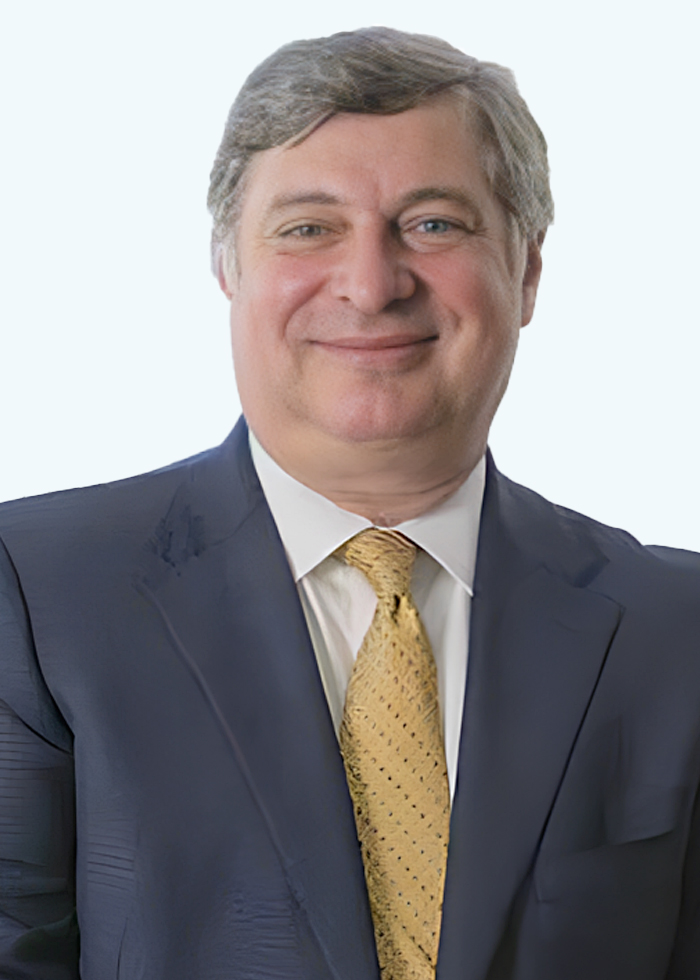USPTO Patent term calculator: http://j.mp/12nR23h
Patents have fixed, finite lives. As savvy inventors and entrepreneurs know, since 1995 US patents are valid for twenty years from the date of the first US filing of the patent. Not hard to calculate that – so why has the US Patent & Trademark Office (USPTO) just released a new online patent term calculating app?
Because life – even that of a patent – is never that simple. It’s not just that the filing date of a provisional US patent application does not start the clock on a US patent’s term of validity. The real complication is Patent Term Extensions. Since 1995, US Utility patents may have Patent Term Extensions. These are days added to the patent’s life to compensate for delays attributable to the USPTO, or, in the case of pharmaceuticals, attributable to a US Government agency, such as the Food & Drug Administration (FDA). Patent term extensions arise from compromises made in 1995 when Congress modified US law, and a patent’s validity went from 17 years from the date of issue, to 20 years from the date of filing. This change was required to comply with US treaty obligations as a member of the World Trade Organization (WTO) – in particular with the Agreement on Trade Related Aspects of Intellectual Property Rights (TRIPS). To make the new patent term more palatable, the maximum time allowed to prosecute a patent application was assumed to be 3 years, so that 20 years from filing would be equivalent to 17 years from issue. Any delay beyond that 3 year mark attributable to the USPTO is, therefore, added to the life of the patent.
On the face of it, an equitable solution. In practice, a gigantic pain in the a$$, especially since Patent Term Extensions (PTE) are calculated in days. It’s not too much of a problem if there are only a few days of PTE. In reality, the extra days often number in the 1000s. The front page of the patent only tells you the filing date and the number of days of the patent extension, not what the final date of validity is for the patent – that’s left as an exercise for the student.
Who can remember when it’s a leap year or how many days are in each month?
OK most people can – but how easy is it to adjust for an extension of 1024 days on a patent filed on 6/18/2005? That is, calculate how long after its 20 year expiration date of 6/18/2025 the patent will actually expire? More important, how confident will you be that your calculation is correct?
1024 days is 2.82 years or 2 years and 9.51 months (divide by 365). So 6/18/2027 plus 9.5 months – or about 4/3/2028. But what if you need an exact date?
It turns out to be April 7, 2028. So, in this instance, our rough calculation was close, but especially in pharmaceuticals where the value of the patent may be 10’s of millions of dollars per day, those 4 days are significant.
When you really need to know, and you don’t have the time to add up days of the month from June to March – or are afraid that your once sharp math skills may have rusted a little and will lead you astray – here is an app that does it all for you.
This app – the USPTO’s Patent Term Calculator – gives you a quick, accurate and reassuring calculation of just when your – or your client’s – patent ends. As a bonus, it also calculates when maintenance fees are due.

